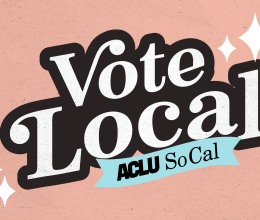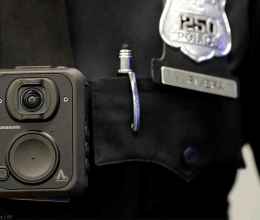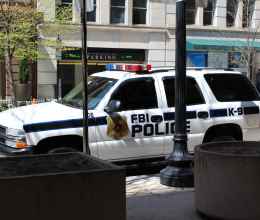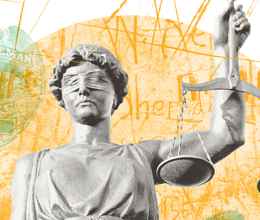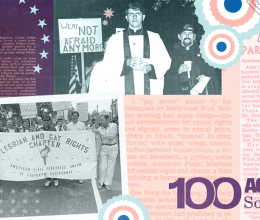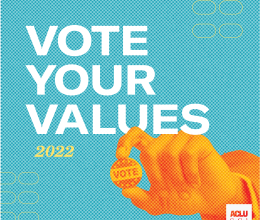
On the same day a female Los Angeles Police officer was sentenced to 36 months for delivering hard kicks to the groin of a handcuffed woman who later died, a homeless woman with mental illness was facing 25 years to life for merely picking up a police baton. How do we account for this disparity? How do we reconcile local prosecutors giving police officers the benefit of every real or imagined mitigating circumstance while civilians are routinely overcharged with crimes carrying the most severe penalties?
The woman with mental illness was at the scene of a fatal police shooting March 1 on Los Angeles' Skid Row when a bystander's video recorded her picking up the baton an officer had dropped shortly before the fatal shooting. She held the baton in the air but never advanced on any officers or threatened them with it. She could well have been adrift in a psychosis, not fully realizing what was taking place in front of her eyes. In any event, for picking up that baton, she was facing a 25-years-to-life sentence under California's Three Strikes Law.
Los Angeles District Attorney Jackie Lacey has announced a plan to keep mentally ill people out of jail by getting them treatment, and she has directed her staff to review the charges against this woman. We can only wait to see what, if anything, that review will change. But we already know that the charge she still faces is outrageously excessive.
Police departments have adopted a zero tolerance, broken windows approach to combating crime. The theory is that preventing small or low-level crimes such as vandalism creates an atmosphere of order and vigilance that discourages more serious crimes. The theory and its benefits certainly have been questioned.
But what's clear is the broken windows has never been brought to policing itself. As video proliferates, often disputing officers' accounts of incidents, there is a growing sense of a police culture that is out of control and that has escaped meaningful scrutiny. If preventing low-level offenses sends the message that more serious offenses will not be tolerated, what's the message when officers are virtually never charged let alone convicted for their misconduct?
We need look no farther than the case of Gabriel Carrillo who was handcuffed and beaten to a pulp when he went to visit his brother in Los Angeles County's Men's Central Jail. County prosecutors charged Carrillo with assaulting the deputies who had lied about the beating. He faced prison time had he been convicted, but a photograph of his bruised wrists convinced prosecutors that he had been handcuffed while being beaten. They dropped those charges on the eve of trial.
But it took federal -- not local -- prosecutors to get justice for Carrillo. Two deputies and a sergeant were charged with using unreasonable force and falsifying records, and two of them were charged with violating Carrillo's civil rights. A federal court jury looked at those same photos of Carrillo's wrists, concluded the deputies were lying and needed only four hours to convict all three.
In that case, photos tipped the balance against the deputies. Now video footage promises to be a game changer. Video from cell phones, police dash cameras and body cameras has become an important tool for assessing the truthfulness of officers' reports, especially when their actions result in injury or death. That footage crucially also gives the public a look at what prosecutors saw before giving officers a pass.
A fatal police shooting in Gardena is a graphic, tragic example. City officials fought tooth and nail against releasing the video and agreed to pay a $4.7 million settlement with the understanding that the footage would be kept from the public. But a federal judge released it. And what a story it had to tell.
The video shows Gardena Police officers shooting an unarmed man who posed no visible threat. And it raises questions, serious questions--not just about the officers' actions, but about the district attorney's office so emphatically finding the shooting justified.
The images have the look of a cold-blooded execution. And the prosecutors' exoneration has all the elements of farce.
In the past year, there have been 585 police shootings, but only four officers have been charged. In all four cases there was video, whether from body or dash cams or civilian witnesses. To be sure, video does not ensure that there will be charges whenever there is misconduct. But even when prosecutors fail to bring charges, their decisions can be subjected to better scrutiny with the help of video.
Ultimately, we must wonder about the system we've set up, the incentives it creates, and the messages it sends when the "punishment" that is meted out against wrongdoers is in the form of civil damages awards that are paid for not by the officers but by their departments and in the end taxpayers.
Hector Villagra is executive director of the ACLU of Southern California.
